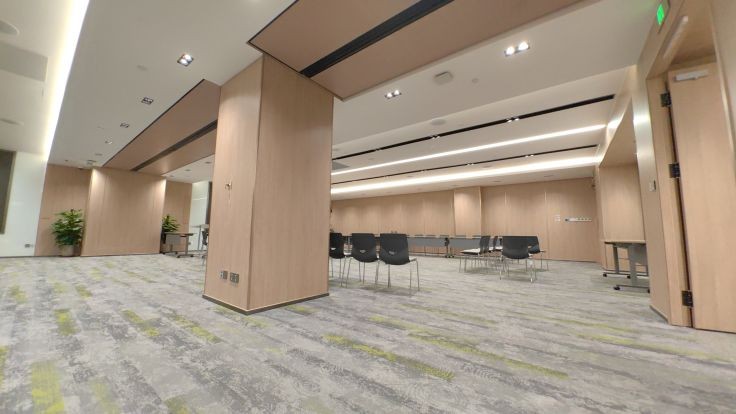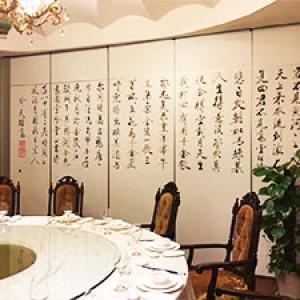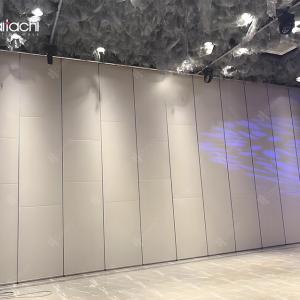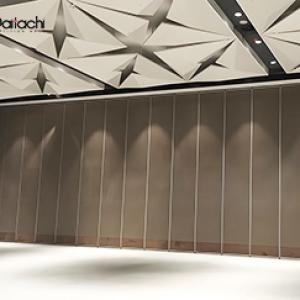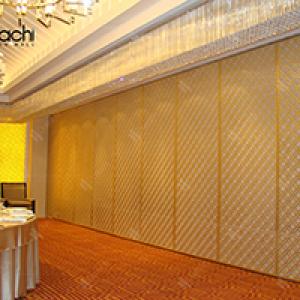Description
Partition walls are non-load-bearing walls used to divide interior spaces in a building. They serve a variety of purposes, such as creating separate rooms, dividing large spaces into smaller areas, providing privacy, and enhancing functionality. Here's an overview of partition walls, including their types, materials, and applications:
Types of Partition Walls
Drywall Partitions:
Gypsum Board: The most common type, constructed using gypsum board.
Metal Stud Partitions: Framed with metal studs and covered with gypsum board.
Acoustic Wall Partitions: Designed to provide sound insulation and used in offices, studios, and other spaces.
Glass Partitions:
Full-Height: Floor-to-ceiling glass panels provide transparency and light transmission.
Half-Height or Modular: Smaller glass panels are used to divide spaces while maintaining visual connections.
Frameless: Minimalist designs maximize light and openness.
Wood Partitions:
Solid wood: Provides warmth and aesthetics and is used in both residential and commercial spaces.
Wood Veneer: Thin sheets of wood are laminated to other materials, such as plywood or medium-density fiberboard, for cost-effectiveness.
Moveable Partitions:
Sliding: Panels slide along tracks to open and close the partition.
Folding: Panels fold like an accordion and can be stacked to one side when not in use.
Movable Partitions: Large panels that can be moved manually or electrically, creating flexible spaces in venues like conference centers and banquet halls.
Curtain Partitions:
Fabric or vinyl curtains: Lightweight and flexible, used in temporary or semi-permanent spaces like hospitals and classrooms.
Movable Curtains: Motorized curtains that can be opened and closed electrically.
Materials Used:
Gypsum: Commonly used in drywall partitions due to its fire and soundproofing properties.
Glass: Provides transparency and enhances the flow of natural light between spaces.
Metal: Used in frame structures for strength and durability, especially for metal-studded partitions.
Wood: Depending on the wood species, it provides warmth, aesthetics, and sound insulation.
Plastic or vinyl: Lightweight, used in curtain wall partitions for temporary partitions.
Composite: Combining different materials to achieve specific performance characteristics, such as sound insulation, fire resistance, or aesthetics.
Applications:
Commercial Spaces: Offices, Conference Rooms, Retail Stores, Hotels.
Residential Spaces: Apartments, Houses, Condominiums.
Educational Facilities: Schools, Universities, Classrooms.
Healthcare: Hospitals, Clinics, Medical Offices.
Hospitality: Restaurants, Bars, Event Venues.
Industrial: Factories, Warehouses, Manufacturing Facilities.
Considerations:
Soundproofing: Consider using partitions with adequate sound insulation based on the intended use.
Fire Safety: Ensure that the partitions meet building code requirements for fire protection.
Aesthetics: Choose materials and designs that complement the overall interior design of the space.
Functionality: Select a partition type that provides the desired flexibility and ease of use.
Maintenance: Consider ease of cleaning and maintenance to ensure long-term durability.
Types of Partition Walls
Drywall Partitions:
Gypsum Board: The most common type, constructed using gypsum board.
Metal Stud Partitions: Framed with metal studs and covered with gypsum board.
Acoustic Wall Partitions: Designed to provide sound insulation and used in offices, studios, and other spaces.
Glass Partitions:
Full-Height: Floor-to-ceiling glass panels provide transparency and light transmission.
Half-Height or Modular: Smaller glass panels are used to divide spaces while maintaining visual connections.
Frameless: Minimalist designs maximize light and openness.
Wood Partitions:
Solid wood: Provides warmth and aesthetics and is used in both residential and commercial spaces.
Wood Veneer: Thin sheets of wood are laminated to other materials, such as plywood or medium-density fiberboard, for cost-effectiveness.
Moveable Partitions:
Sliding: Panels slide along tracks to open and close the partition.
Folding: Panels fold like an accordion and can be stacked to one side when not in use.
Movable Partitions: Large panels that can be moved manually or electrically, creating flexible spaces in venues like conference centers and banquet halls.
Curtain Partitions:
Fabric or vinyl curtains: Lightweight and flexible, used in temporary or semi-permanent spaces like hospitals and classrooms.
Movable Curtains: Motorized curtains that can be opened and closed electrically.
Materials Used:
Gypsum: Commonly used in drywall partitions due to its fire and soundproofing properties.
Glass: Provides transparency and enhances the flow of natural light between spaces.
Metal: Used in frame structures for strength and durability, especially for metal-studded partitions.
Wood: Depending on the wood species, it provides warmth, aesthetics, and sound insulation.
Plastic or vinyl: Lightweight, used in curtain wall partitions for temporary partitions.
Composite: Combining different materials to achieve specific performance characteristics, such as sound insulation, fire resistance, or aesthetics.
Applications:
Commercial Spaces: Offices, Conference Rooms, Retail Stores, Hotels.
Residential Spaces: Apartments, Houses, Condominiums.
Educational Facilities: Schools, Universities, Classrooms.
Healthcare: Hospitals, Clinics, Medical Offices.
Hospitality: Restaurants, Bars, Event Venues.
Industrial: Factories, Warehouses, Manufacturing Facilities.
Considerations:
Soundproofing: Consider using partitions with adequate sound insulation based on the intended use.
Fire Safety: Ensure that the partitions meet building code requirements for fire protection.
Aesthetics: Choose materials and designs that complement the overall interior design of the space.
Functionality: Select a partition type that provides the desired flexibility and ease of use.
Maintenance: Consider ease of cleaning and maintenance to ensure long-term durability.
